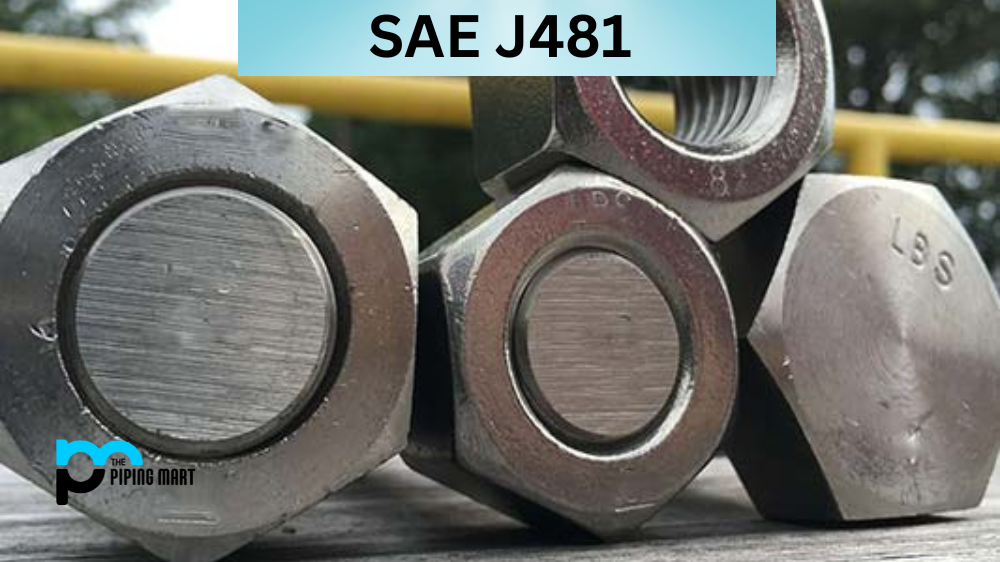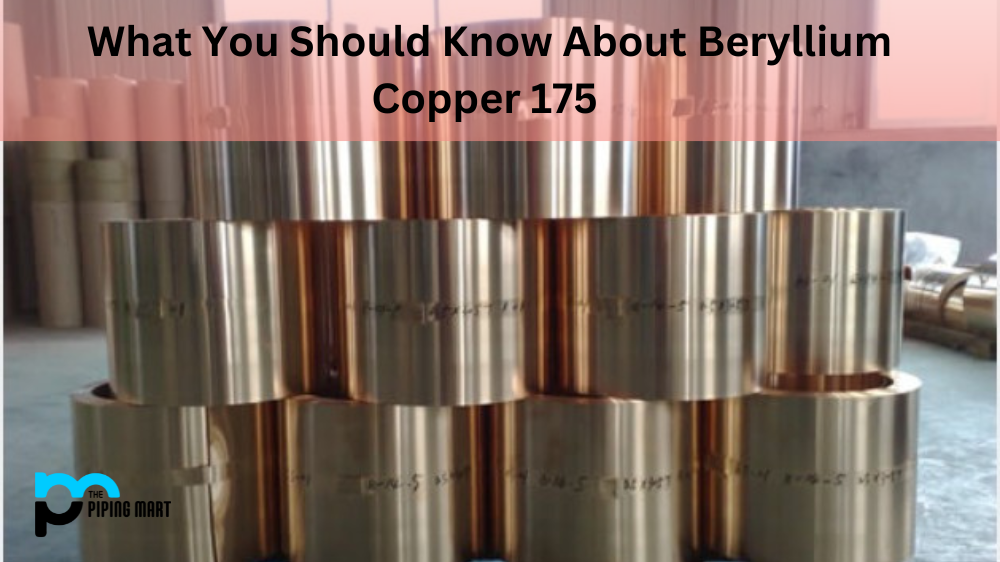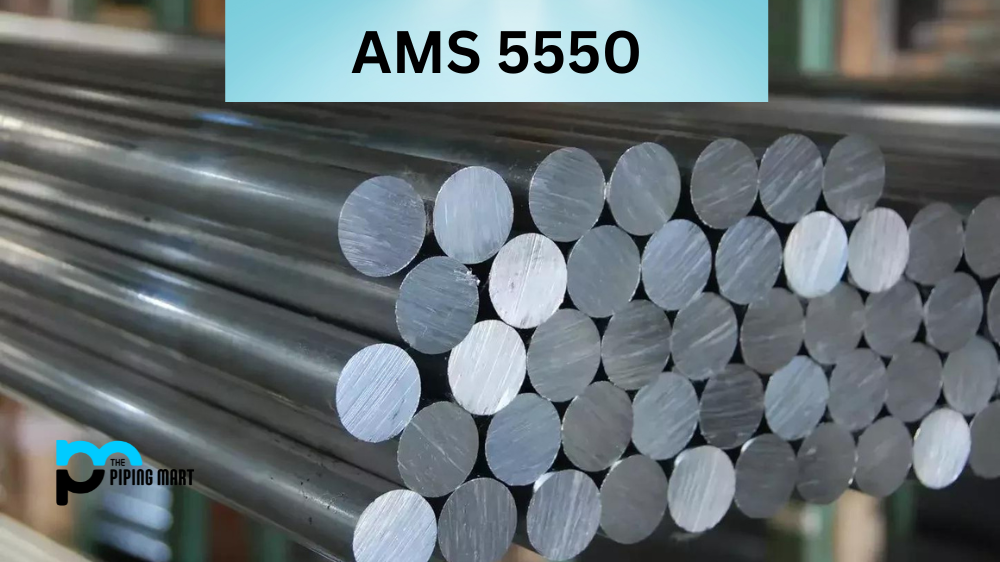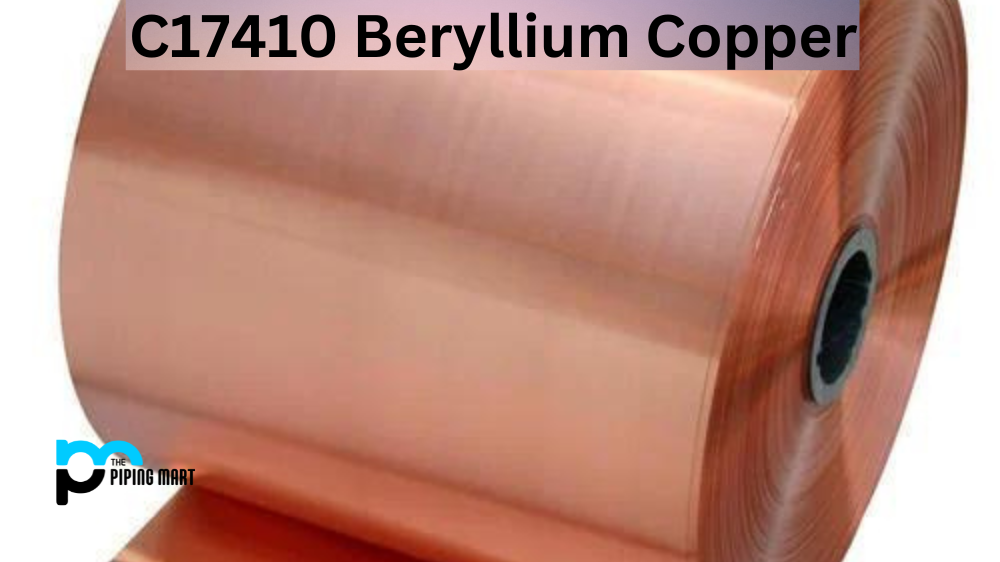When understanding the properties and uses of different materials, the SAE J481 standard is certainly worth knowing. This standard pertains to the chemical composition, physical and mechanical properties, and other important characteristics of a specific type of steel, namely the carbon steel bars used to produce machine parts. Understanding SAE J481 is essential for anyone working in manufacturing, industrial, or engineering. In this blog post, we will delve into the main aspects of SAE J481 and discuss its properties, uses, corrosion resistance, heat treatment, and other important aspects.
SAE J481 Composition
SAE J481 primarily comprises carbon steel, with a small percentage of other elements, including phosphorus, sulfur, and manganese. The percentage of carbon typically ranges from 0.15% to 0.35%, and the other elements help to improve the steel’s strength and durability. The composition of SAE J481 is carefully controlled to ensure that the steel can be machined quickly and has the necessary physical and mechanical properties for its intended use.
SAE J481 Mechanical Properties
The mechanical properties of SAE J481 are critical, as they determine the steel’s strength, toughness, and ability to withstand stress and strain. According to the standard, the minimum tensile strength of SAE J481 carbon steel bars is 60 ksi, while the minimum yield strength is 36 ksi. The elongation at break is 18%, meaning the steel can be stretched and bent without breaking. In addition, SAE J481 has good strength and flexibility, making it suitable for various applications.
SAE J481 Physical Properties
Aside from mechanical properties, SAE J481 has various physical properties that make it suitable for various applications. For example, the specific gravity of SAE J481 is 7.85, which makes it relatively dense and heavy. The thermal conductivity of SAE J481 is also relatively high, meaning it can conduct heat efficiently. Additionally, SAE J481 has good electrical conductivity, which makes it suitable for certain electrical applications.
SAE J481 Uses
SAE J481 carbon steel bars are widely used in various industries, including manufacturing, engineering, and construction. These steel bars are commonly used to produce parts such as bolts, nuts, screws, and other machine components. SAE J481 is also suitable for applications that require good strength, toughness, and wear resistance, such as gears, axles, and other heavy-duty parts.
SAE J481 Corrosion Resistance and Heat Treatment
Various heat treatment processes may be applied to enhance the properties of SAE J481 for specific applications. For example, quenching and tempering can increase the strength and toughness of the steel. SAE J481 also has good corrosion resistance, which makes it suitable for use in specific environments where rust and corrosion may be a concern.
SAE J481 Machining
SAE J481 can be easily machined using conventional turning, drilling, and milling methods.
SAE J481 Welding
Welding is also possible with this type of steel, although care must be taken to avoid hydrogen embrittlement.
Conclusion
Understanding the properties and characteristics of SAE J481 is essential for anyone working in manufacturing, industrial, or engineering. This standard sets the guidelines for the composition, physical and mechanical properties, and other important characteristics of carbon steel bars used to produce machine parts. SAE J481 is versatile, strong, and durable, making it suitable for various applications. It has good corrosion resistance, can be subjected to various heat treatment processes, and is machined easily. With its impressive range of properties and uses, SAE J481 is worth knowing for anyone producing machine parts and components.
Sakshee is a talented blogger, with a particular focus on the Business and Metal Industry. She is passionate about sharing her insights on various metal products and helping professionals to make a better decisions.




